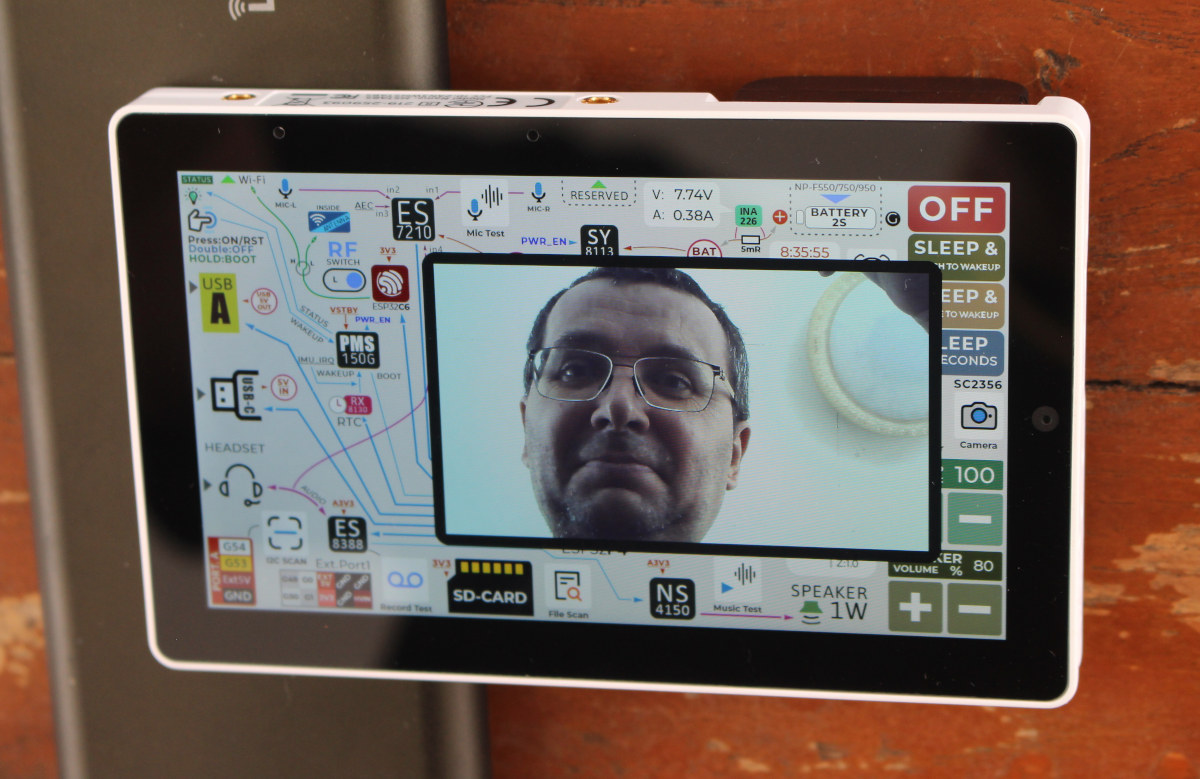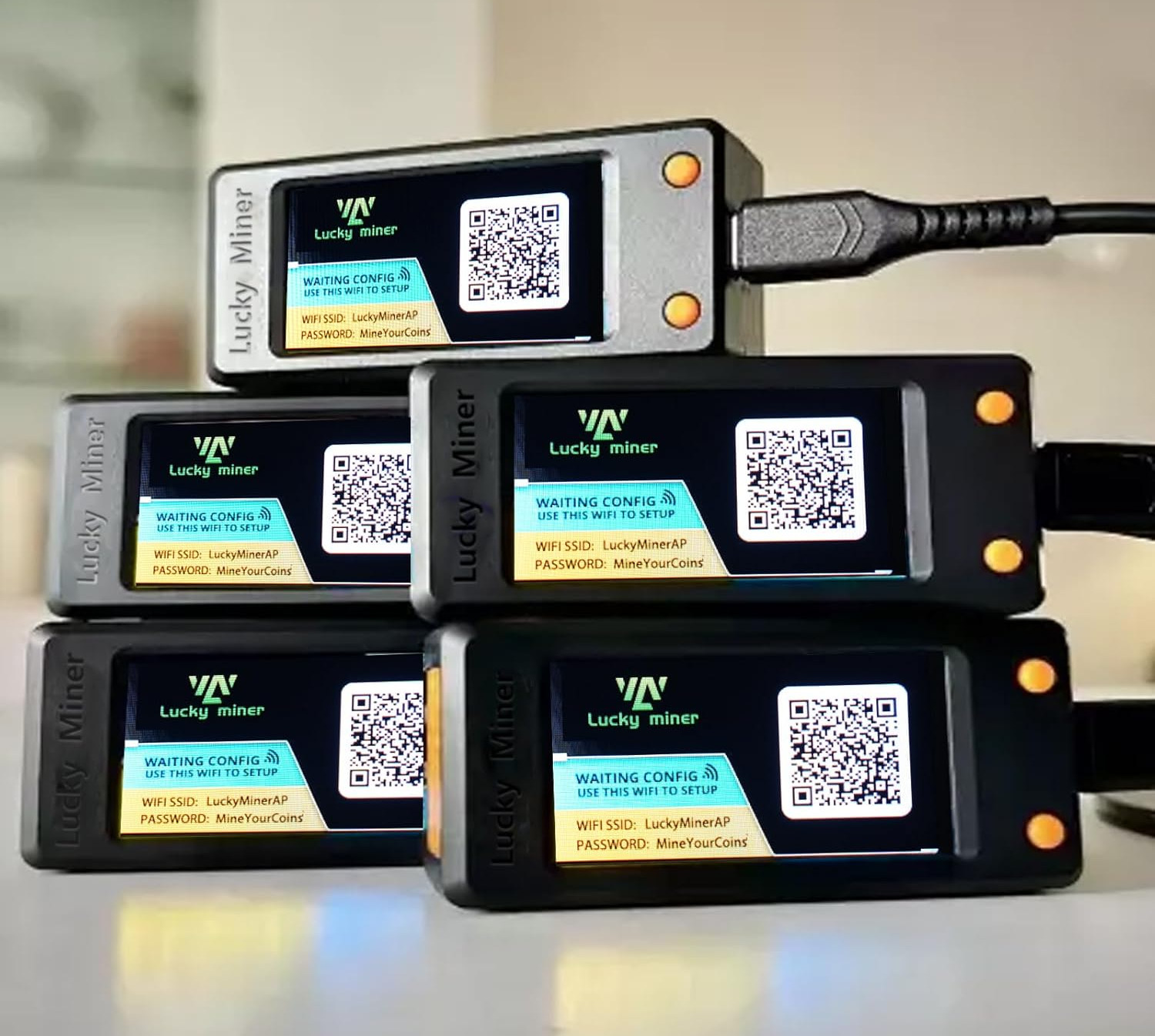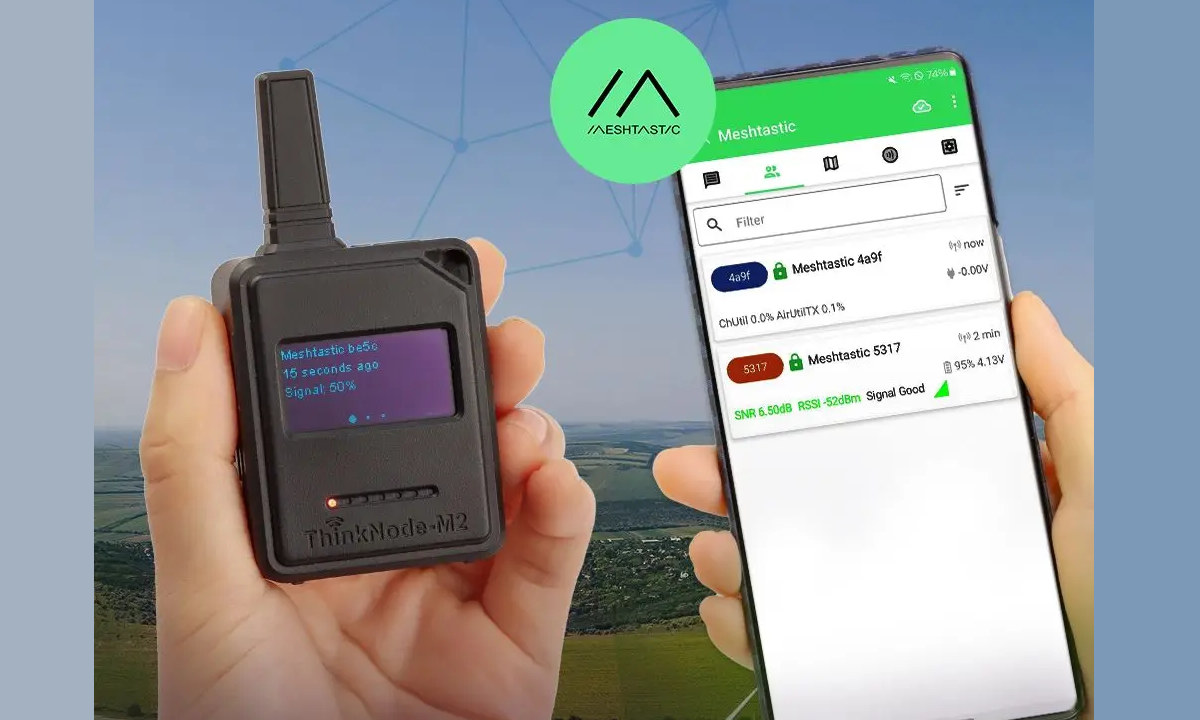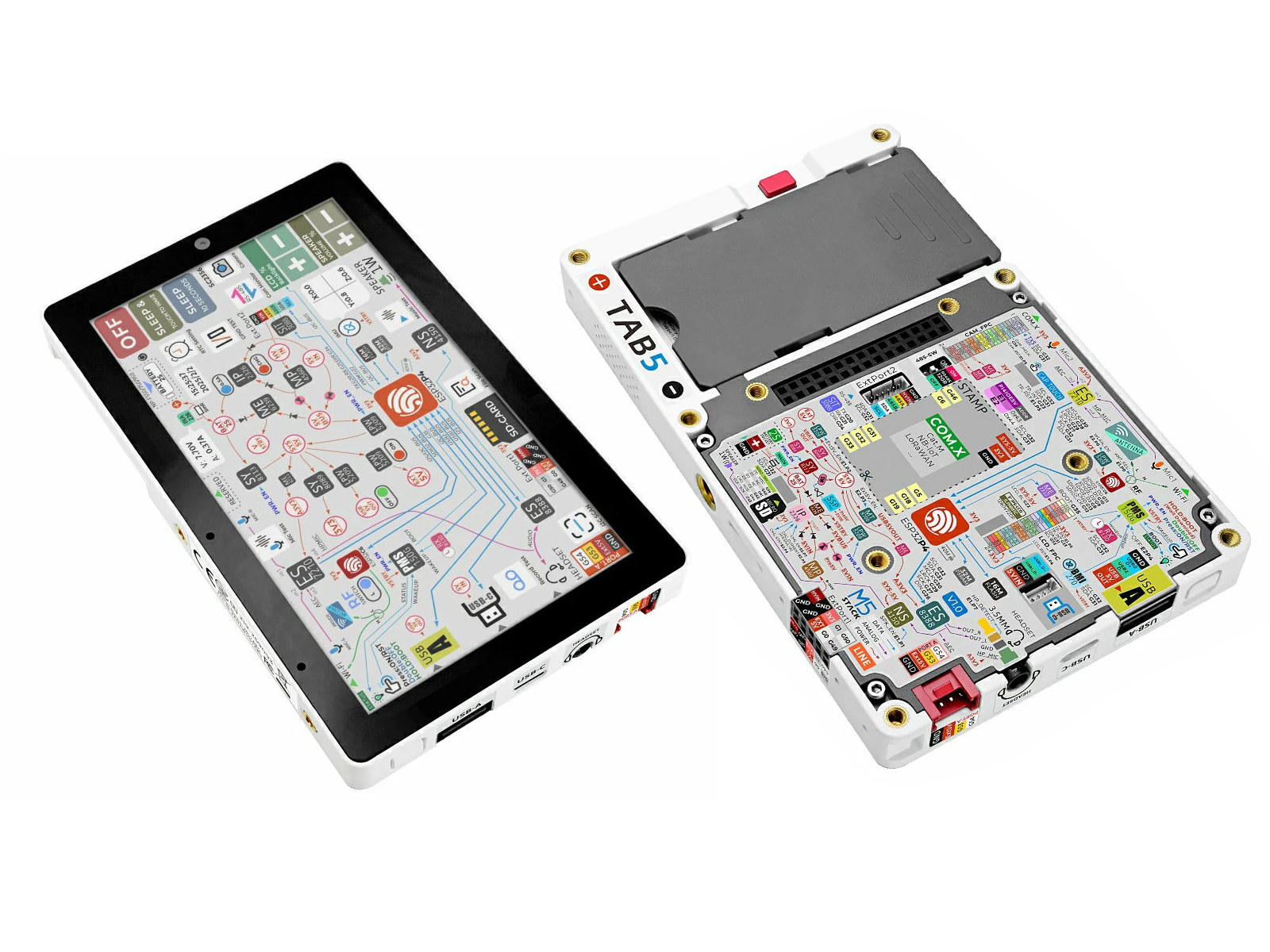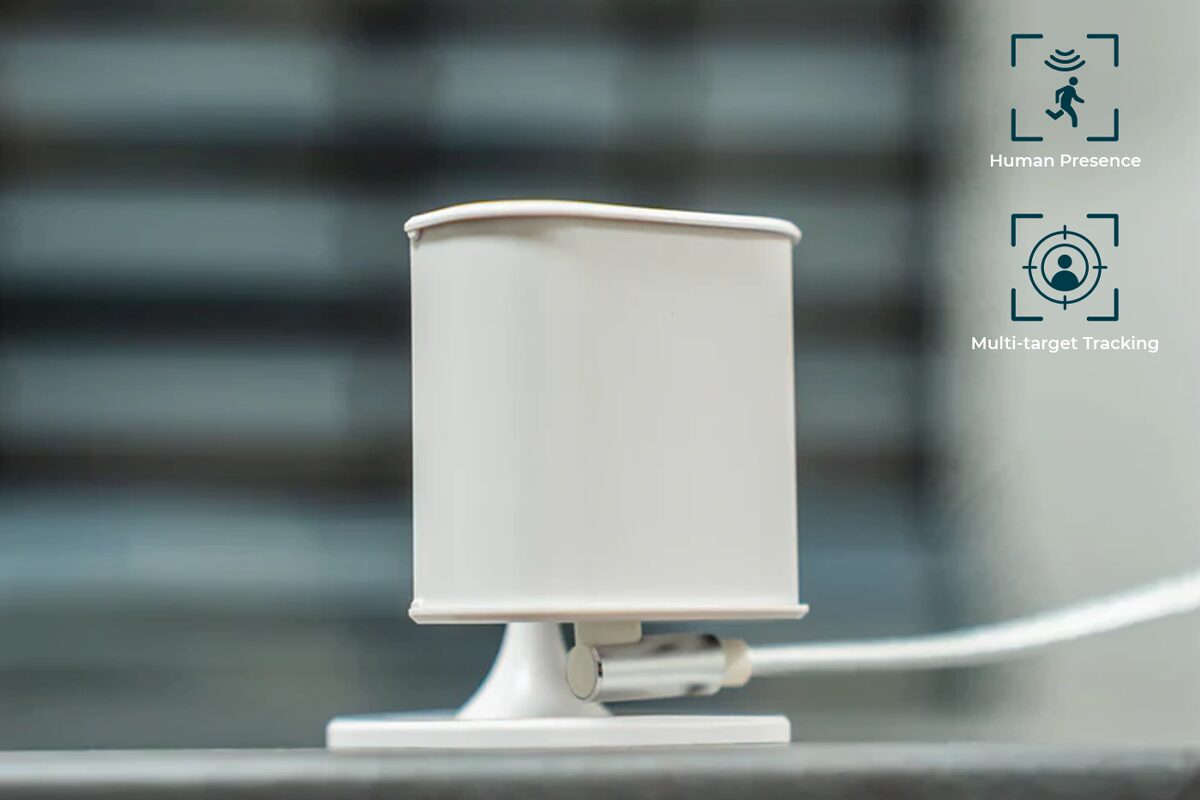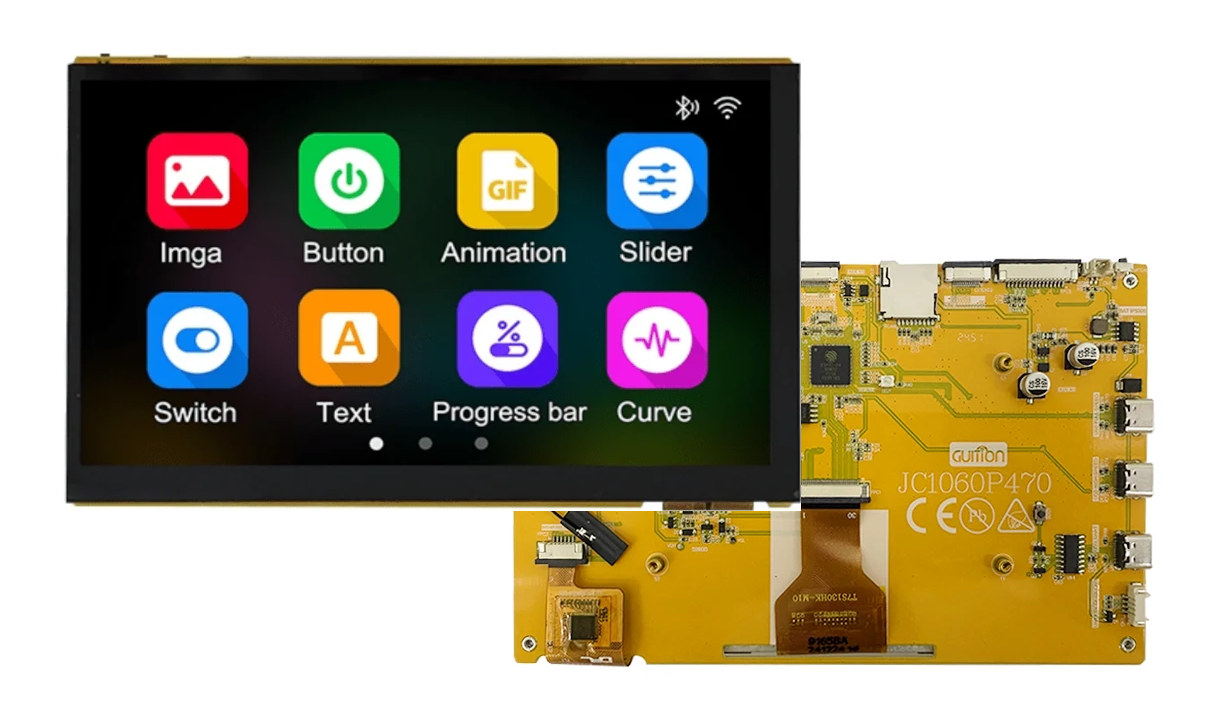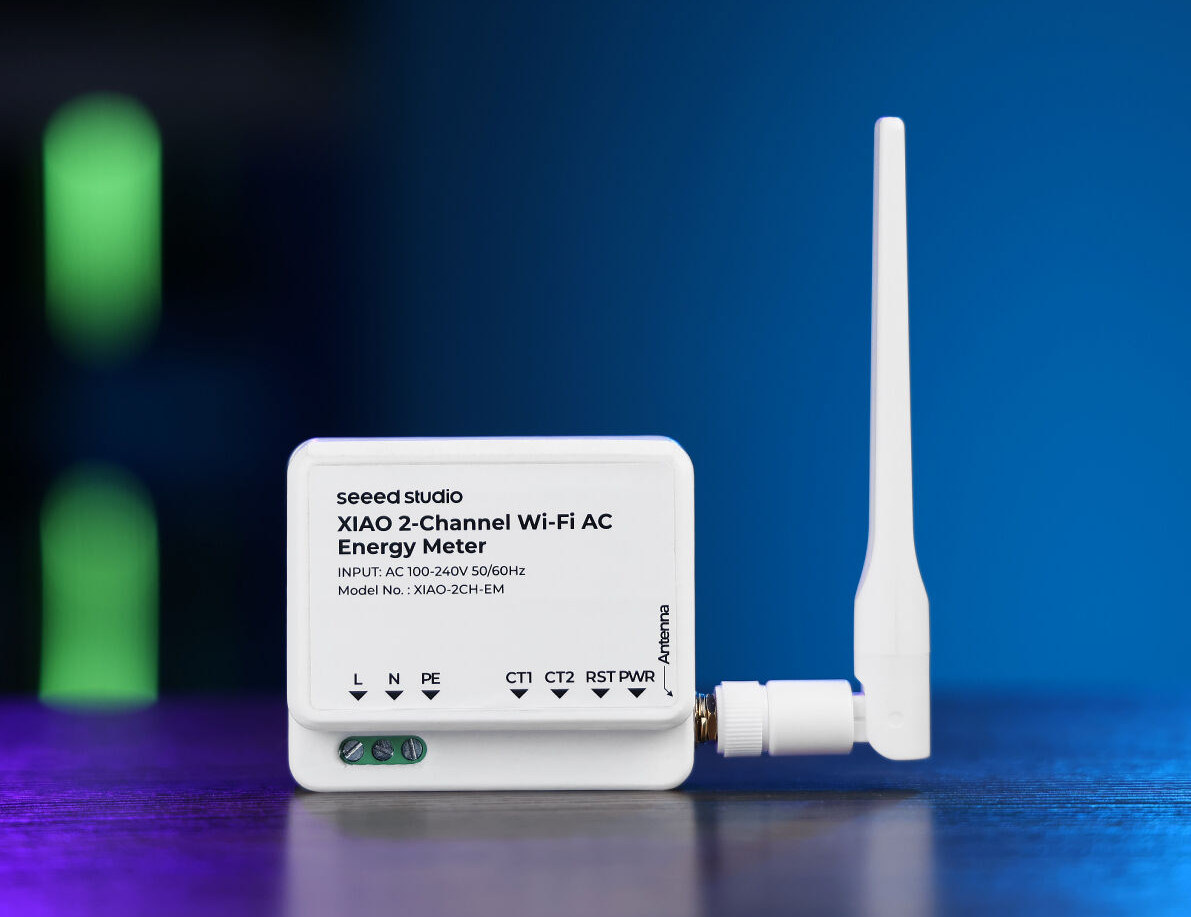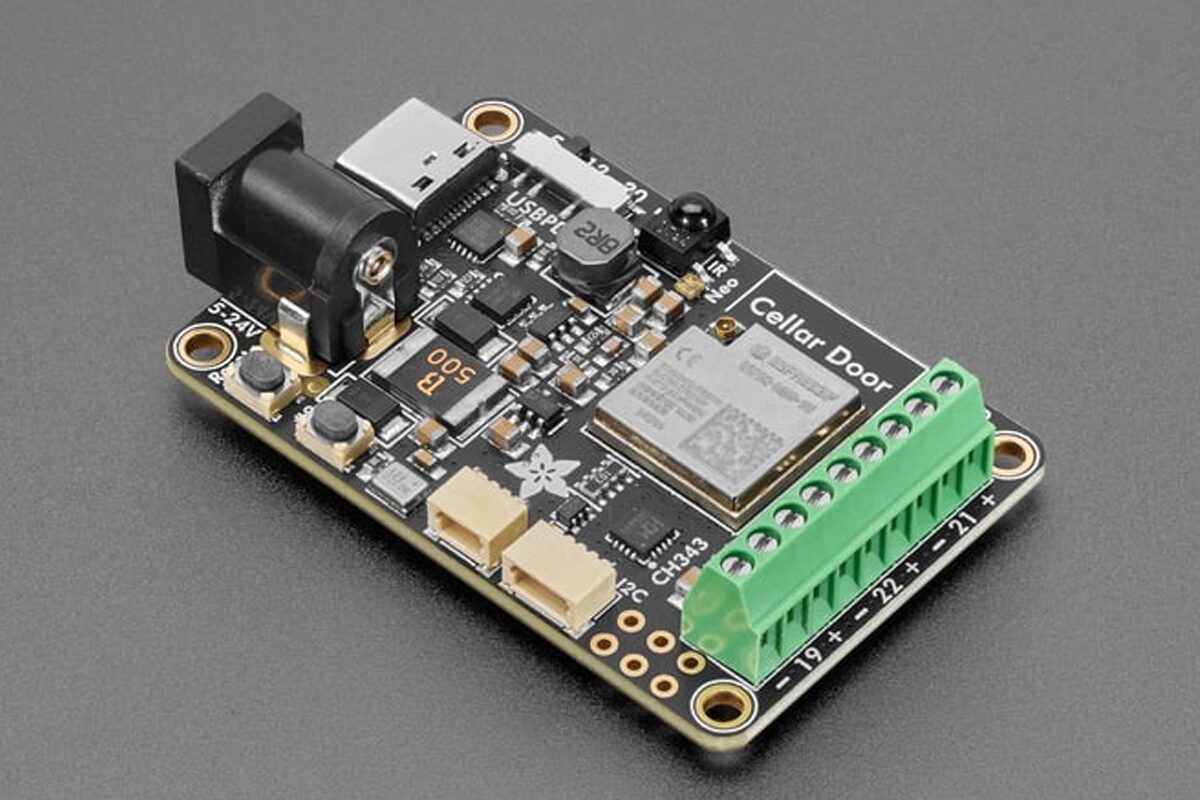I’ve just received a review sample of the M5Stack Tab5 ESP32-P4 IoT development kit, which looks like a small tablet with a 5-inch touchscreen display, a 2MP front-facing camera, an ESP32-C6 WiFi 6, Bluetooth, and 802.15.4 wireless module, and various expansion interfaces. Today, I’ll go through an unboxing, a (partial) teardown, and have a quick try with the default firmware and GUI, before checking out how to program the device in the second part of the review. M5Stack Tab5 unboxing I received the Tab5 in its retail package along with an M5Stack-branded transparent sticky tape roll. Not sure why, but thanks M5Stack, sticky tape is always useful, so appreciated! The bottom side of the package has all the key features and specifications that we already covered in our article about the Tab5. The package contains the Tab5 itself, a 2,000mAh/14.8Wh battery, and a cable with six wires for the ExtPort2 […]
$24 Lucky Miner SOLO-LV02 is the equivalent a lottery ticket for Bitcoin mining
Bitcoin mining now requires expensive machines, so I was surprised when I saw the Lucky Miner SOLO-LV02 cryptocurrency mining “machine” going for about $24 on AliExpress (link at the end of this post). The USB-powered box is capable of mining coins with the SHA-256 algorithm, and features a 1.9-inch display, WiFi connectivity, and two buttons. In theory, we’re told the device can mine BTC, BCH, BSV, DGB… Considering the really low hashrate, it’s the equivalent of a lottery ticket for Bitcoin or other cryptocurrencies, and the luckiest ones may get one Bitcoin block (3.125 BTC). SOLO-LV02 specifications: SoC – Unnamed Hashrate – 72kH/s ±10% Algorithm SHA-256 Display – 1.9-inch color TFT display Connectivity – WiFi USB – 1x USB Type-C port for button Misc Top button for menu selection, factory reset, and configuration mode activation Bottom button for screen on/off and orientation Power Supply – 5V via USB-C port Power Consumption […]
ThinkNode M2 ESP32-S3-based Meshtastic handset features 1.3-inch OLED display, 1,000 mAh battery
Elecrow ThinkNode M2 is yet another Meshtastic handset for off-grid messaging and GPS coordinate sharing based on an ESP32-S3 module providing Bluetooth connectivity to a smartphone, and a Semtech SX1262 LoRa transceiver for low-power long-range wireless connectivity. It’s an evolution of the ThinkNode-M1, itself similar to the LILYGO T-Echo, based on a Nordic Semi nRF52840 Bluetooth module and SX1262 LoRa transceiver with an external antenna housed in a 3D printed enclosure. The new ThinkNode M2 is very similar but features a more powerful ESP32-S3 module instead, relies on a 1.3-inch OLED display instead of a 1.54-inch e-paper display, and is housed in an ABS plastic case. ThinkNode M2 specifications: Core module – ESP32-S3 module (looks to be ESP32-S3-WROOM-1 on the photo below) SoC – ESP32-S3 CPU – dual-core 32-bit microcontroller @ 240MHz Memory – 512KB SRAM, 8MB PSRAM Storage – 384KB ROM 4MB flash Wireless – 2.4GHz Wi-Fi and Bluetooth […]
M5Stack Tab5 is a tablet-like ESP32-P4 IoT development kit with a 5-inch touchscreen display and front-facing camera
The M5Stack Tab5 may look like a small tablet, but it’s an ESP32-P4 IoT development kit with a 5-inch touchscreen display, a 2MP front-facing camera, an ESP32-C6 WiFi 6, Bluetooth, and 802.15.4 wireless module, and a range of interfaces. Those include USB Type-A and Type-C ports, an RS485 interface, a STAMP pad to connect an LTE Cat M/NB-IoT or LoRaWAN module, and expansion connectors including a Grove module, a 30-pin M5Bus header, and a GPIO_EXT connector. The Tab5 is also equipped with a built-in speaker and dual-microphone array, and the ESP32-P4 development kit is powered by a removable battery with charging support. M5Stack Tab5 specifications: Microcontroller – Espressif Systems ESP32-P4NRW32 CPU Dual-core 32-bit RISC-V HP (High-performance) CPU @ up to 400 MHz with AI instructions extension and single-precision FPU Single-RISC-V LP (Low-power) MCU core @ up to 40 MHz with 8KB of zero-wait TCM RAM Memory 768 KB HP L2MEM […]
Everything Presence Lite ESP32-based mmWave presence sensor tracks up to three targets simultaneously
Designed by Everything Smart Home, the Everything Presence Lite is a compact, ESP32-based mmWave presence sensor designed to be easily integrated with Home Assistant open-source home automation framework via ESPHome firmware. This sensor features a 24GHz mmWave sensor designed to track up to three targets simultaneously with real-time distance, speed, and positional data (X, Y coordinates). It supports dynamic zone customization, ambient light sensing using a BH1750 sensor, and acts as a Bluetooth proxy to extend Home Assistant’s Bluetooth range. The sensor comes in an injection-molded case, and the company also provides 3D-printable STL files, which you can customize according to your needs. Key applications include human presence detection, smart lighting automation, home security zone monitoring, HVAC efficiency control, fall detection for the elderly, and much more. Everything Presence Lite specifications: Wireless controller – ESP32-WROOM-32E WiFi and Bluetooth module with 4MB Flash mmWave Sensor Built-in Hi-Link HLK-LD2450 24 GHz ISM […]
7-inch ESP32-P4 wireless touchscreen display supports GUITION Designer for LVGL, Arduino and ESP-IDF programming
GUITION JC1060P470C is an ESP32-P4 board with an integrated 7-inch touchscreen display and an ESP32-C6 WiFi 6 and Bluetooth 5 module providing wireless connectivity. The display also features a microSD card for storage, a MIPI CSI connector to add a camera, a few USB-C ports, and two FPC connectors for GPIO expansion. It’s a more integrated version of the ESP32-P4-Function-EV-Board that can be used for HMI applications and that is compatible with the GUITION Designer online design tool to create LVGL-based graphical user interfaces. GUITION JC1060P470C specifications: Microcontroller – Espressif Systems ESP32-P4 CPU Dual-core RISC-V HP (High-performance) CPU @ up to 400 MHz with AI instructions extension and single-precision FPU, 768KB of on-chip SRAM Single-RISC-V LP (Low-power) MCU core @ up to 40 MHz with 8KB of zero-wait TCM RAM Memory – 768 KB HP L2MEM, 32 KB LP SRAM, 8 KB TCM ROM – 128 KB HP ROM, 16 […]
XIAO 2-channel Wi-Fi AC Energy Meter runs ESPHome on ESP32-C6 module, comes with two 100A CT clamps
Seeed Studio’s XIAO 2-channel Wi-Fi AC Energy Meter is an ESP32-C6 (XIAO ESP32-C6) powered power meter with two independent CT clamp (Current Transformer clamp) connectors to safely measure power consumption when placed around one of the wires from an AC cable. We reviewed the SONOFF POW Ring single-channel WiFi CT clamp power meter with eWelink and Home Assistant last year, and before that, we also covered models supporting multiple CT clamps, up to 16 clamps with the Emporia Vue Gen 2 energy monitor. The XIAO 2-channel Wi-Fi AC Energy Meter offers a middle ground with support for two CT clamps measuring up to 100A per channel. XIAO 2-channel Wi-Fi AC Energy Meter specifications: Wireless module – XIAO ESP32C6 board Wireless MCU – Espressif Systems ESP32-C6 CPU Single-core 32-bit RISC-V clocked up to 160 MHz Low-power RISC-V core @ up to 20 MHz Memory – 512KB SRAM, 16KB low-power SRAM Storage […]
Adafruit Sparkle Motion – An ESP32-based addressable LED controller with four outputs, 100W USB-C power, and WLED/xLights support
The Adafruit Sparkle Motion is an ESP32-based LED controller board designed to drive addressable LEDs, including WS2812B, APA102, SK6812, LPD8806, UCS2904, and SM16704. It supports both WLED and xLights projects and features an onboard 100W USB-C PD port to drive even high-voltage LED setups. The board includes dual power input options (USB-C PD with 5/12/20V selection and 2.1mm DC jack), a 5A fuse, and level-shifted output terminals for controlling addressable LEDs. The board also features a built-in I2S digital microphone, IR receiver, Stemma QT I2C port, USB-serial with auto-reset, GPIO breakout pads, onboard NeoPixel and status LED, and multiple JST and terminal connectors for sensor and control integration. It comes pre-assembled with terminal blocks for easy wiring, making it suitable for applications such as wearable electronics, home decor lighting, audio-reactive displays, and remote-controlled installations. Adafruit Sparkle Motion Specifications: SoC – ESP32-S3 dual-core Xtensa LX7 MCU @ 240MHz with 2.4GHz Wi-Fi and […]


